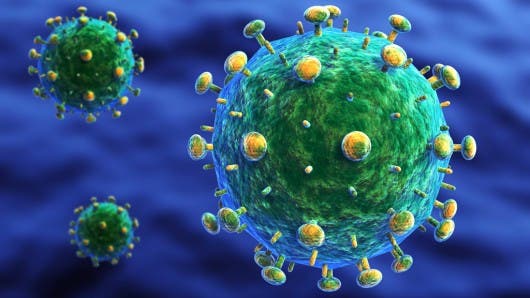
One of the most threatening modern pandemics, HIV/AIDS, has been thoroughly studied in the past few decades, with billions awarded to research seeking out a cure. Progress has been slow, but today doctors have a number of tools at their disposal to curve HIV development, spreading and ail patients, despite a cure has yet to be found (though hope exists for infected babies). One of the greatest challenges when dealing with viral infections such as HIV is adaptation. If the virus adapts to drugs or even a possible cure, then the researchers’ work can turn out useless. While most studies focused on exploring HIV’s capacity to adapt to drugs, a recent study from Simon Fraser University, Canada looked at how HIV adapts to its human hosts. The results show that indeed HIV is adapting to the human immune system, but this change is gradual and unlikely to affect current vaccine design.
The HIV evolution
Zabrina Brumme, an assistant professor in SFU’s Faculty of Health Sciences, led the research that characterized HIV sequences from patients dating from 1979, the beginning of the North American HIV epidemic, to the modern day. She and her team performed painstaking reconstruction work, which required the careful recovery of viral RNA from historic specimens followed by laboratory culture.
“HIV adapts to the immune response in reproducible ways. In theory, this could be bad news for host immunity—and vaccines—if such mutations were to spread in the population,” says Brumme. “Just like transmitted drug resistance can compromise treatment success, transmitted immune escape mutations could erode our ability to naturally fight HIV.”
Armed with a slew of ancestral HIV sequences, the researchers could from there establish the spread of immune escape mutations in the population.
“Overall, our results show that the virus is adapting very slowly in North America,” says Brumme. “In parts of the world harder hit by HIV though, rates of adaptation could be higher.”
This reproductive pattern, however, is too slow to affect current vaccine design or other treatments, which is definitely good news.
“We already have the tools to curb HIV in the form of treatment—and we continue to advance towards a vaccine and a cure. Together, we can stop HIV/AIDS before the virus subverts host immunity through population-level adaptation,” Brumme adds.
The findings were reported in the journal PLOS Genetics.






